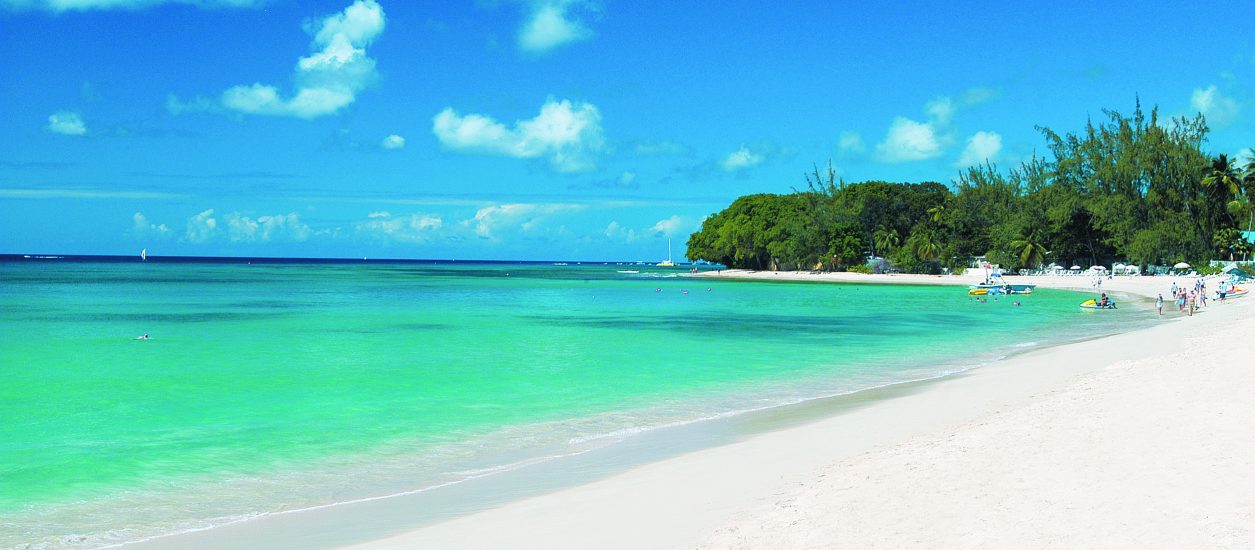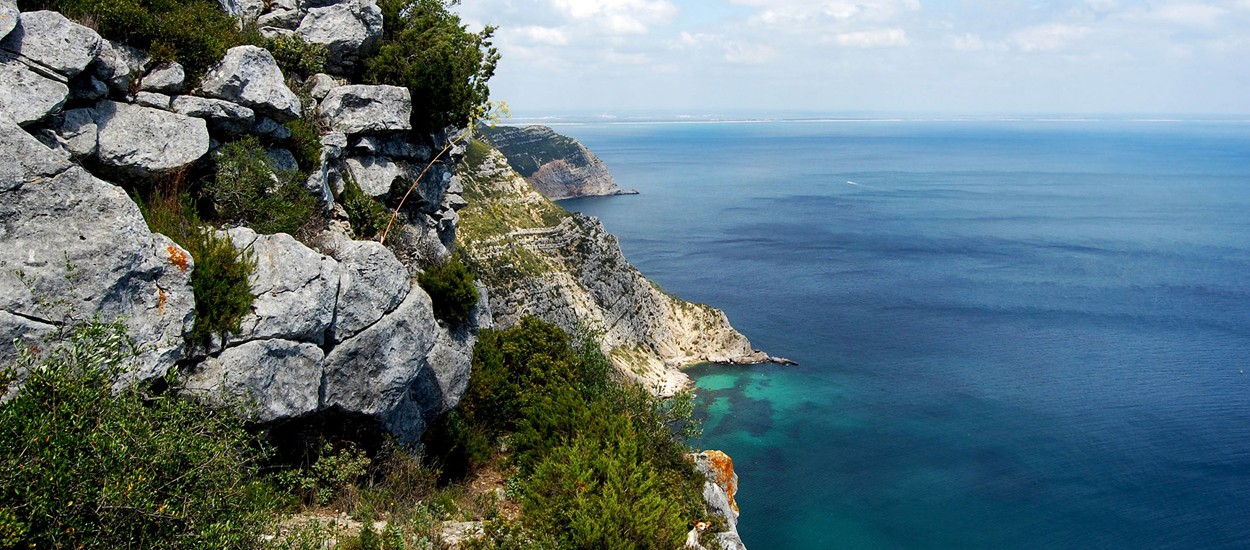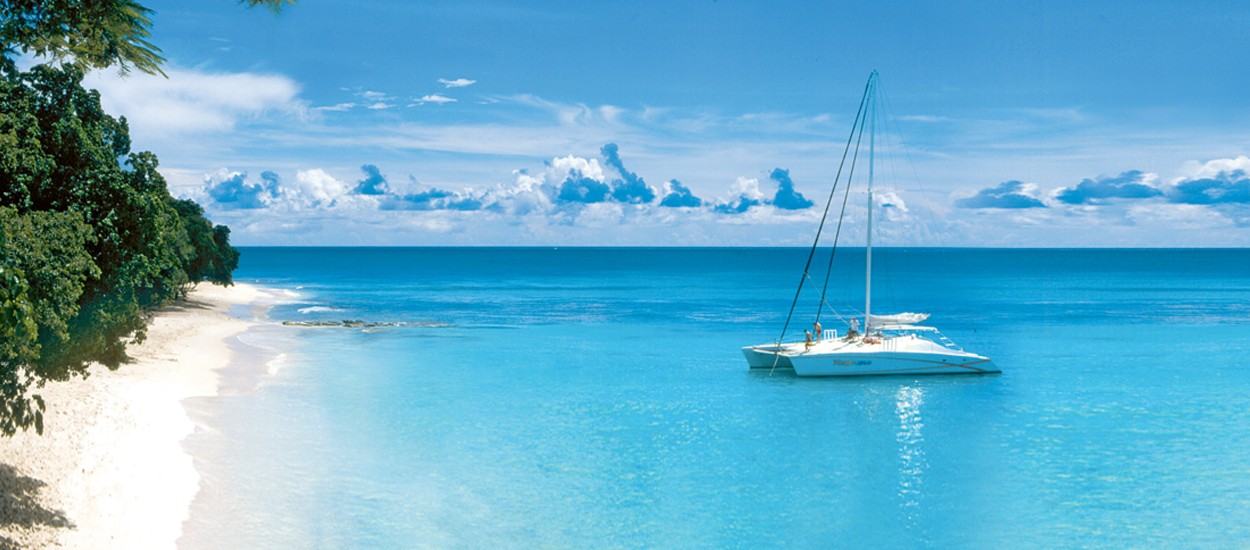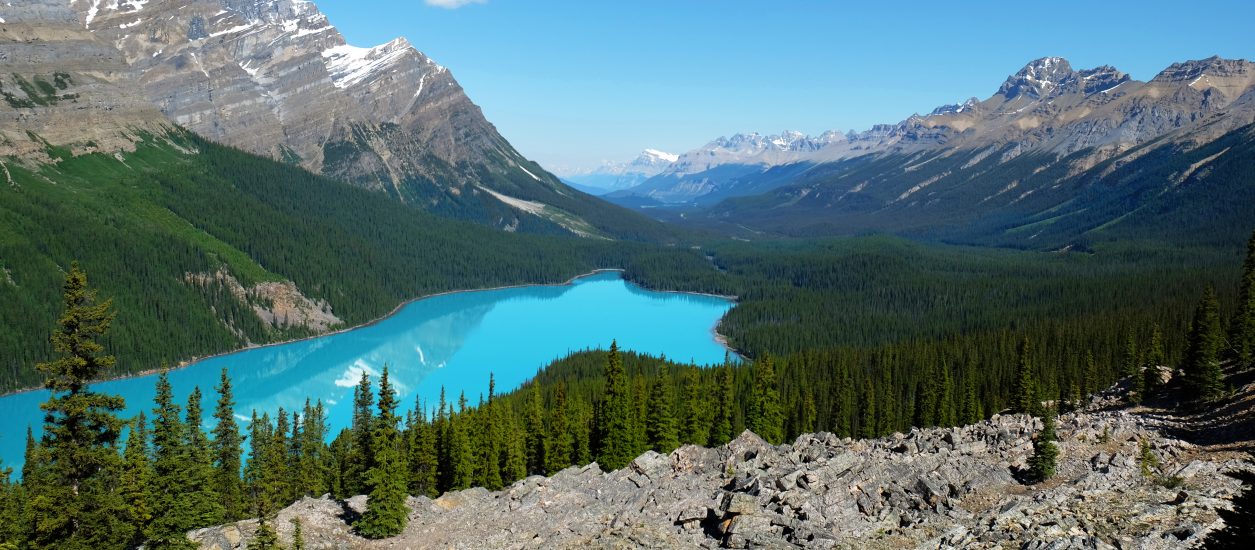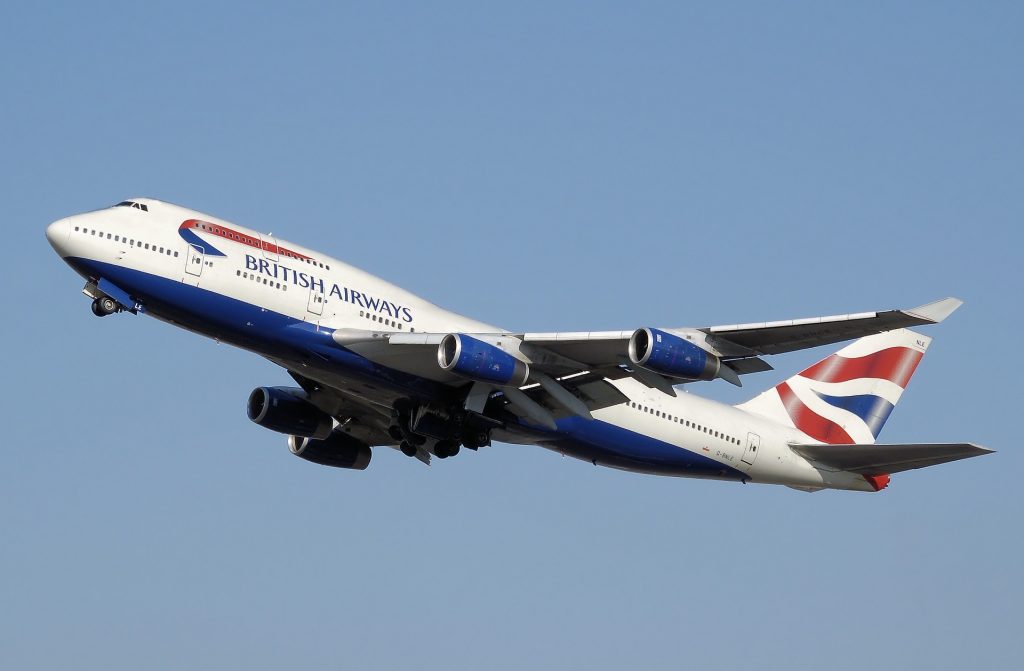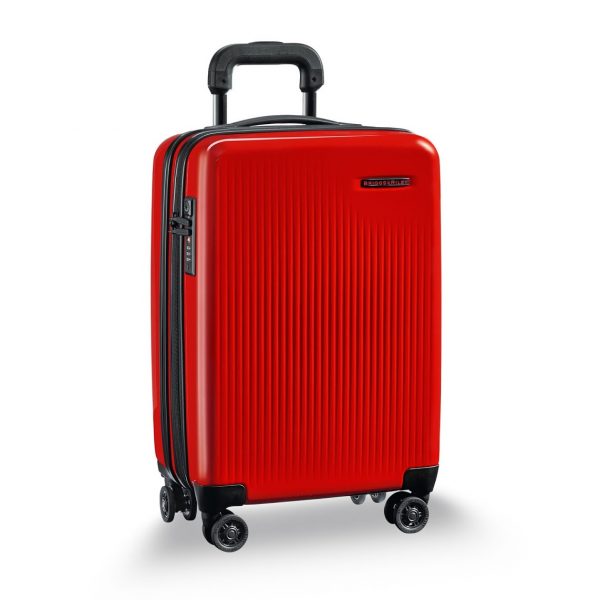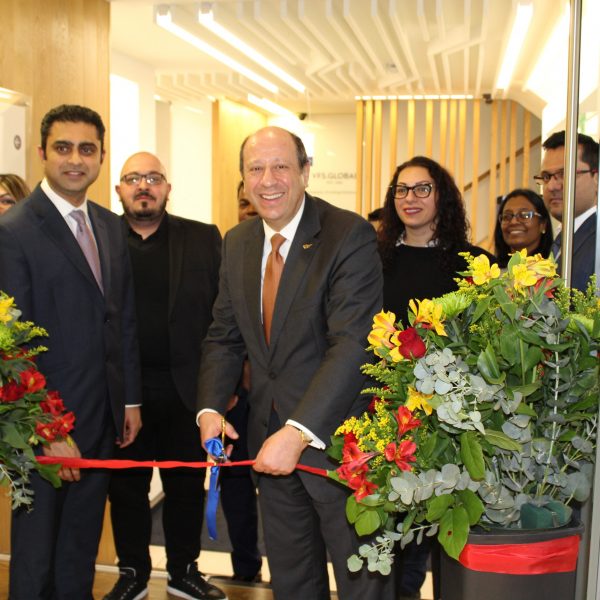British Airways Offering New London Route to Murcia
The popular Region of Murcia, famed for its climate, culture, history and activity breaks, is even more accessible for Home Counties visitors now, following the launch of a new flight route from London Heathrow
British Airways is now operating a twice-weekly summer service from England’s capital into Murcia-San Javier airport, offering easy access to one of the fastest-growing tourist regions in Spain.
Figures released by the Region of Murcia revealed overseas visitor numbers rose by an amazing 45.3 per cent over the winter, compared to last year, with the number of people travelling from the UK increasing by more than 11 per cent in January alone.
The region’s strategic location has ensured it retains many of its important historical links: rock-paintings in cave-shelters dating back to the Iberian period; the splendour of Roman antiquity with its urban refinement and penchant for the theatrical; Visigoth cities; Arab medinas; Christian castles, watch-towers, churches and temples; and numerous civil and military buildings.
Although the Region of Murcia has been inhabited for more than 2,000 years, the capital, Murcia, was not founded until 831, when a walled city was built on the banks of the Segura River and turned into the Caliphate of Murcia.
Among the myriad historic sites in and around Murcia – the seventh largest city in Spain – are a beautiful baroque cathedral dating from 1394; the imposing 15th-century Almudí Palace, which has been both a grain store and the city’s law courts; and, a couple of miles from the city but clearly visible, the castle of Monteagudo, an 11th-century fortress atop a rocky hill almost 150m above sea level … to name but three attractions.
Going from one terrace to another, from one square to another, walking about the streets and enjoying life in the open air is one of the best ways of blending in with the Murcian atmosphere. Enjoying some cañicas – small draft beers – here, while chit-chatting, is a real pleasure. If you add a couple of typical tapas from the region, we’re talking luxury.
The gastronomy of Murcia is based on fresh local fruit and vegetables. Typical dishes include pisto huertano (fried vegetables, with pepper, onion and tomato), chickpea and Swiss chard stew and zarangollo (courgette, egg and onion).
In Cartagena, 27 miles south of the city of Murcia, the focus is on the abundant fresh seafood. Try the typical caldero, a type of fish stew served with rice and garlic, washed down with local wines and accompanied by the traditional drinks of the area such as the asiatico coffee – coffee with condensed milk, cinnamon, lemon and whole coffee beans.
One of the main attractions in Murcia is the Costa Cálida, the 250km coast where a wide variety of watersports are available, including kayaking, paddle-boarding, sailing, scuba diving, windsurfing, and water-skiing. One of the most popular areas for this type of activity is La Manga del Mar Menor, a narrow strip of land, around 24km long, which divides the Mar Menor Laguna from the Mediterranean Sea.
Historic towns such as Caravaca de la Cruz – one of just five holy cities in the world – and Lorca provide a mix of historical, artistic, architectural and cultural heritage, all topped off with a rich local tradition of festivities and celebrations.
Caravaca has narrow streets and small squares, with its baroque and renaissance buildings all overlooked by the castle and church at the top of a hill. Yet for all its apparent ‘other worldliness’ it remains a living town, with its sun-bleached houses and towers seemingly defying the onset of the 21st century.
 Lorca is the city of the sun; the city of 100 shields … or, maybe, even 100 names. Indeed, its many names are a consequence of its various influences from the Iron Age to the 21st century. Consequently, it has, arguably, more monuments than any other locality in the region, with plenty of free-to-enter museums, squares, palaces, notable buildings and churches too. The impressive medieval castle, for example, where Muslims, Christians and Jews lived together for centuries, can be seen from far away.
Lorca is the city of the sun; the city of 100 shields … or, maybe, even 100 names. Indeed, its many names are a consequence of its various influences from the Iron Age to the 21st century. Consequently, it has, arguably, more monuments than any other locality in the region, with plenty of free-to-enter museums, squares, palaces, notable buildings and churches too. The impressive medieval castle, for example, where Muslims, Christians and Jews lived together for centuries, can be seen from far away.
The Region of Murcia also benefits from a wealth of natural habitats, both on the coast and inland. It has often been said that while one Murcia Region ‘looks towards the sea’, a second ‘faces inland’.
From golden sand beaches, with dunes and unspoilt coves, to mountain ranges and the regional parks of Sierra de Carche, Sierra de la Pila, Sierra de Espuña, and Carrascoy y El Valle, Murcia is a region of contrasting delights … both natural and man-made.
A seven-night, four-star break in the city of Murcia in June costs from just £152.50 per person, based on two sharing, on a room-only basis, at the Arco de San Juan, in the heart of the historical centre of Murcia, near the cathedral.
A week in Cartagena will cost from £222.25 per person, based on two people sharing, on a room-only basis, at the four-star Hotel Alfonso XIII hotel, 500m from the old town.
Access to Costa Cálida, Región de Murcia, is simple as it is served by Murcia-San Javier airport all year round, while Alicante airport is also nearby. British Airways flights from Heathrow Airport to Murcia-San Javier start from just £80 in June.
Both airports are also served by numerous other airlines flying from a wide variety of UK and Irish airports and flights in June cost from just £37 one way.

